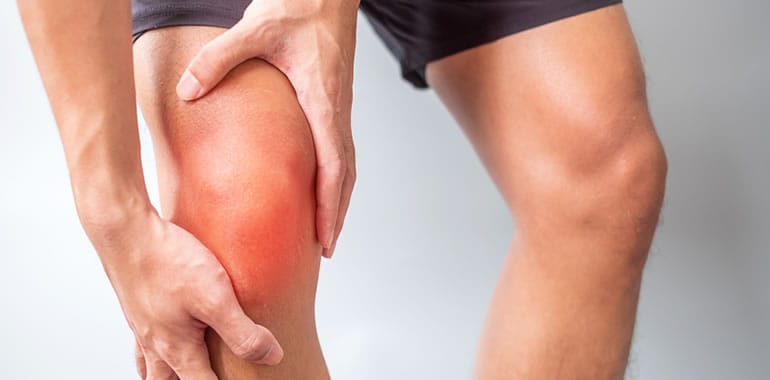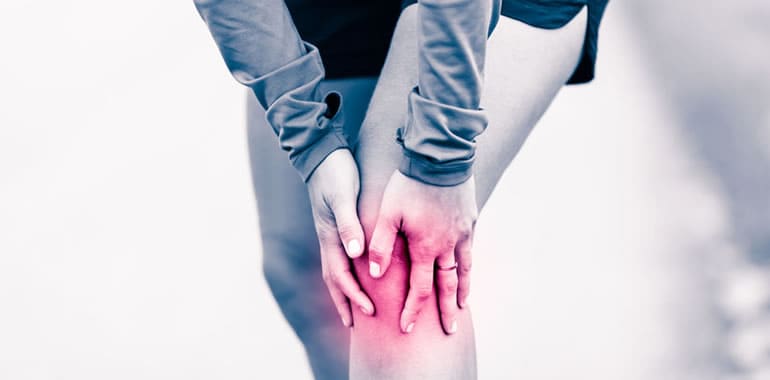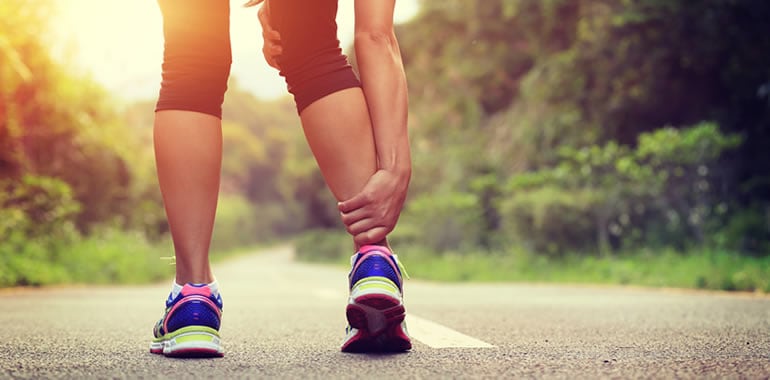
What is the Cause of Runner’s Knee or PFPSThe patella femoral joint is the region where the pain is thought to originate and the pain generator for this common condition among runners and the athletic population. The patella femoral joint is comprised of the distal end of the femur, specifically the medial and lateral condylesContinue Reading »





